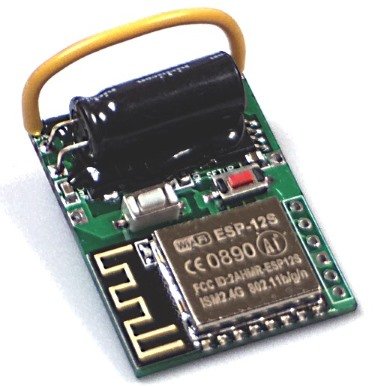
The WiFi logger (and its relatives) is a third-party (ie non-Davis) product and known simply as the ‘WiFi logger’ or WFL for short. WFL itself is the best-known product in the range but there are also three other related loggers from the same manufacturer, as described below. This topic provides some notes to help configure and troubleshoot the logger and its software; if you’re interested in a more detailed overview of the main WiFi Logger and all its features then this can be found on our main website.
The latest available manuals, firmware versions etc for all WFL loggers can be found in the Support section of the WFL website.
UK users can buy the WFL range direct from our secure online shop, while non-UK residents (except N America) are welcome to email us and we can organise payment via Paypal.
The WiFi Logger range
There are actually four different loggers produced by the Polish WFL manufacturer – two enhanced loggers (WFL and MPE) and two simple interface-only loggers. These are described in more detail on our main sales pages and also on the manufacturer’s own website at wifilogger.net.
The notes here deal mainly with WFL itself, but will often be applicable to MPE also, since these two loggers share a lot of their user interface and enhanced features. But there isn’t much to say about the two simpler loggers (Original Meteo-Pi and DIY logger) since these two devices essentially just provide basic logging and interface functions; and once past the initial set-up, these two loggers should simply work and cause few support issues.
The basics of the four loggers are as follows:
WiFi Logger (WFL)
This is the original and still remains the best-known and most popular logger in the WFL range. WFL itself is an enhanced logger in that it combines all basic logging functions of a network logger (comparable to the now-discontinued 6555 Davis WeatherlinkIP logger) with a set of upload functions to various weather cloud platforms such as Weather Underground and weatherlink.com. As its name suggests, WFL connects to the local network via WiFi only.
Meteo-Pi Ethernet (MPE)
Meteo-Pi Ethernet is essentially a version of WFL that connects to the local network via cabled Ethernet only. It has no WiFi connectivity. MPE is also an enhanced logger with cloud upload features, though these are less extensive than for WFL. While there is a substantial overlap in feature-set between MPE and WFL, MPE is technically a different design, both in hardware terms and in physical appearance.
Original Meteo-Pi
The original Meteo-Pi was conceived as a simple interface (but with data logging capabilities) to a Raspberry Pi computer. There is no user interface or additional upload features to this class of logger. Meteo-Pi was designed as a micro HAT to fit over the GPIO pins on a Pi and so is specific to the Pi range of computers.
DIY logger
The DIY logger is similar to the original Meteo-Pi in concept, ie in simply providing basic interface/logging functionality, with no other UI or upload features. However, the output of the DIY logger is essentially provided by flying leads with a 3v3 UART/Serial interface. It is therefore more flexible than the original Meteo-Pi and can be used in principle to connect to any computer with a suitable input interface. This certainly includes direct connection to the appropriate Raspberry Pi GPIO pins, but also provides many other options, for example to other hobbyist SBCs such as Arduino.or to other interface types such as RS232, USB etc. However, a little technical knowledge is required to use the DIY logger safely, hence its name.



Post your comment on this topic.